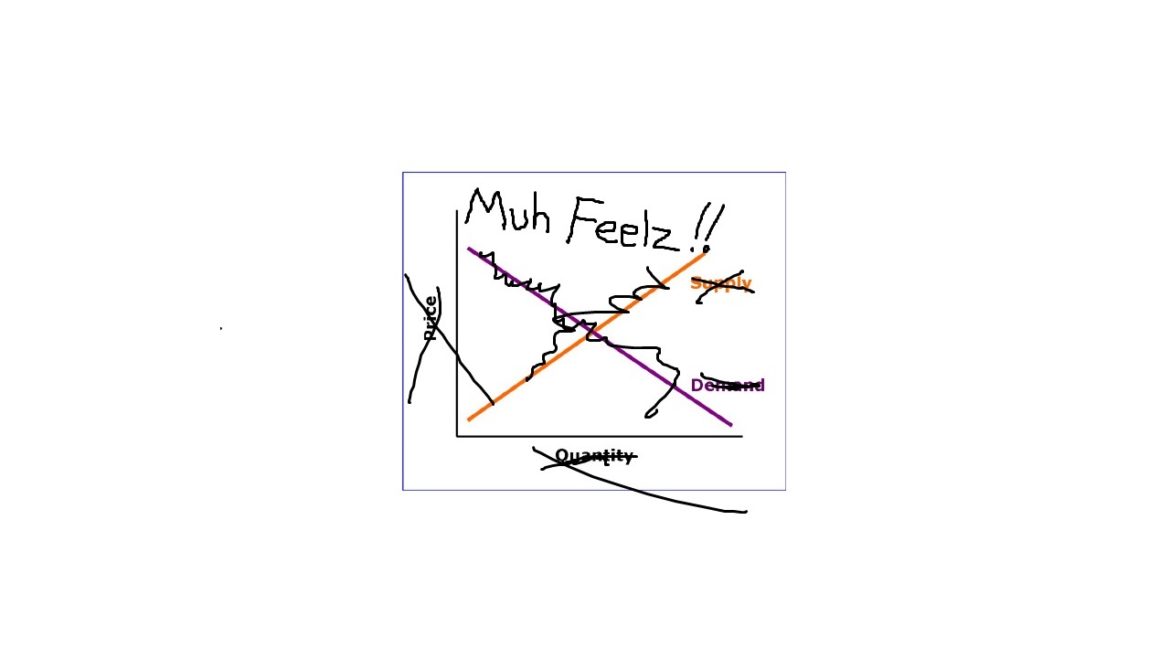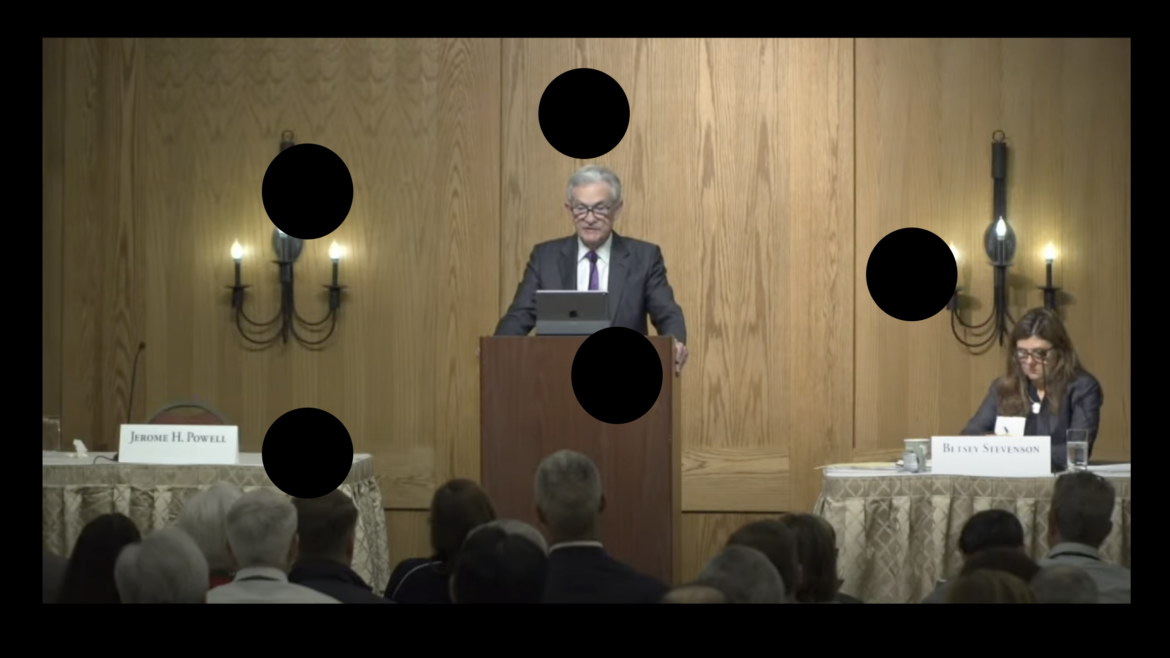Gold has all the potential to go unprecedentedly high. But silver will be gold on
Site:
Precious metals news
Aug 28, 2023 - 12:45:40 PDT
The US national debt is surging, with $97.7 billion added in one week, reaching a total of $32.759 trillion. Finance expert Larry McDonald warns of upcoming "financial repression," as the Fed plans to keep real returns on savings below inflation. This tactic, part of a long-term strategy, is designed to decrease government debt and enhance the debt-to-GDP ratio without triggering hyperinflation, a delicate balance that requires a slow, 15-year approach rather than a quick, 15-month fix.
Home prices have massively diverged from real disposable personal income (DPI), with prices being roughly 80% above where they should be, indicating an understated bubble. This discrepancy is attributed to the Federal Reserve's tendency to create financial bubbles by maintaining low rates for extended periods. Despite the Fed committing to a 2% inflation target, there is skepticism about their ability to measure it accurately, leading to increasing bubbles over time and a shrinking middle class.
Aug 28, 2023 - 12:20:05 PDT
The housing market is currently the least affordable since 1984 due to the Fed's monetary stimulus during Covid, causing a surge in home prices while real median weekly earnings dropped. A recent increase in home prices and a 22-year high in 30-year fixed mortgage rates have worsened the situation. Now, 38.6% of median household income is needed for average home payments, a 92% increase from two years ago, straining budgets already hit by inflation. To restore home affordability to its 25-year average, a significant decline in home prices, reduction in mortgage rates, or growth in median household incomes is necessary, according to Black Knight.
Aug 28, 2023 - 11:56:05 PDT
At the Jackson Hole meeting, global officials expressed concern over the new challenges brought by the pandemic and Ukraine war, disrupting established economic relationships. They called for a revised approach to address persistent price pressures, market volatility, and the global debt problem, particularly in emerging economies. Despite confidence in battling inflation, officials warned against early victory declarations and highlighted the need for new models to address sector-specific shocks. There was also doubt about the capacity to provide significant fiscal support in another large shock, indicating a precarious position.
Gold and silver rallied from the lows of last week in quiet Comex trade for gold, but more active trade in silver. In Europe this morning, gold was at $1916, up $27 from last Friday’s close, and silver was up $1.30 at $24.14.
An important change has unfolded in the global gold market. The East has been driving up the gold price, predominantly in late 2022 and the first months of 2023, breaking the West’s long-standing pricing power. Gold's recent trends can be attributed to clandestine buying by emerging market central banks and robust private demand in Turkey and China. Despite a decline in the US dollar gold price recently, it is unlikely to fall to levels suggested by the rates model as central bank buying is expected to remain robust, according to Metals Focus. If the East can further drive up gold prices and diminish the West's control, gold may become less reliant on the dollar and play a more prominent role in the international monetary system.
An important change has unfolded in the global gold market. The East has been driving up the gold price, predominantly in late 2022 and the first months of 2023, breaking the West’s long-standing pricing power. Gold's recent trends can be attributed to clandestine buying by emerging market central banks and robust private demand in Turkey and China. Despite a decline in the US dollar gold price recently, it is unlikely to fall to levels suggested by the rates model as central bank buying is expected to remain robust, according to Metals Focus. If the East can further drive up gold prices and diminish the West's control, gold may become less reliant on the dollar and play a more prominent role in the international monetary system.
The recent BRICS summit sparked speculation about the end of the US dollar as a global reserve currency, but this is unlikely due to several reasons, including China's lack of interest in being a global reserve currency and the weak currencies of the invited countries. Meanwhile, the US could undermine the dollar's credibility by generating massive deficits. If the dollar loses its reserve status, it will likely be due to independent currencies, not competition from another fiat currency. This scenario could bolster the case for gold as a safe-haven asset and an alternative to fiat currencies.
Historically, September has been a strong month for gold due to factors like increased jewelry demand in India before Denali. Although there is speculation that this trend may have shifted to August recently, as investors tried to capitalize early, the overall outlook for gold remains positive. Finance professor Dirk Baur noted that since 2010, August has been the strongest month for gold, indicating a shift but not a decline in gold's value, underscoring its resilience and attractiveness to investors.
CEOs face five crucial questions regarding the economy, technology, climate, geopolitics, and US politics. Despite easing inflation and no immediate signs of a recession, the economy is not yet stable. High interest rates are leading to increased bankruptcies, and the office real estate market is under pressure due to high rates and low occupancy. This might lead to a second round of bank problems. The unintended consequences of over a decade of easy money are still unknown, and though a soft landing is preferable to a recession, it doesn't indicate that the economy is ready for take-off. This period of economic policy experimentation is unprecedented, and the final verdict is yet to be delivered.
The US retail sector took a significant hit in the final week of earnings season, with many retailers seeing double-digit declines due to weak earnings and poor guidance. This led to a major underperformance of the Retail ETF, as highlighted by Goldman consumer specialist, Scott Feiler. He pointed out the rapid deterioration in consumer credit, increased theft affecting margins, and incorrect positioning by Goldman's trading desk as key drivers of the weakness. Additionally, the resumption of student loan payments in October is expected to further impact national brands as it affects a significant cohort of their customer base.
 Why Global Inflation Pressures Could Become Harder to Deal With in Coming Years
Why Global Inflation Pressures Could Become Harder to Deal With in Coming YearsAug 28, 2023 - 06:17:59 PDT
Global trends like rising trade barriers, aging populations, and a shift to renewable energy are intensifying inflation pressures, complicating central banks' efforts to control inflation. The reversal of globalization, as companies shift away from China, increased domestic manufacturing subsidies, and an aging workforce are causing supply shocks and price pressures, despite cooling factors like China's weakening growth. These changes challenge central banks, increase goods costs, and risk economic fragmentation.
Global central bankers are cautiously optimistic as inflation slows but fear it's not sustainable. The Federal Reserve, having raised rates aggressively, faces concerns about stronger-than-expected U.S. consumer spending preventing further inflation decline, and a potential global downturn due to China's property sector slowdown. Despite calls to tolerate higher inflation, officials struggle to balance the risks of raising rates too little or too much amidst new inflationary shocks like the Russia-Ukraine conflict and retreating globalization. Some officials lean towards an extra rate increase with flexibility if the economy slows faster than anticipated.
Gov. Ron DeSantis issued a state of emergency for 33 Florida counties on Saturday in anticipation of Hurricane Idalia, thus activating one of the most misguided and counterproductive economic policies imaginable.Yes, with the sweep of his pen, DeSantis banned "price gouging."
China's economic slowdown, initially expected to drive a third of global growth, is causing worldwide concern. As China's imports, including construction materials and electronics, decline, global economies are preparing for a significant impact. U.S. President Joe Biden referred to the situation as a "ticking time bomb." Furthermore, global investors have withdrawn over $10 billion from China's stock markets, both Goldman Sachs Group Inc. and Morgan Stanley have lowered their Chinese equity targets, with the former also highlighting potential regional spillover risks.
Federal Reserve Chairman Jerome Powell delivered his annual speech at Jackson Hole on Friday. Peter Schiff broke the speech down in his podcast and said the speech itself was full of holes.It wasn't so much what he said, but what he left out.
 GOLD, SILVER & COPPER UPDATE AUG 27th: Important Dynamics Taking Place In These Must See Charts
GOLD, SILVER & COPPER UPDATE AUG 27th: Important Dynamics Taking Place In These Must See ChartsAugust 27, 2023
There are some interesting dynamics taking place in the Gold, Silver, and Copper Markets. In this weekly update, I show why these must-see charts provide fascinating changes in the leading precious metals and industrial metals...
Gold is on track for its best week in six weeks, demonstrating remarkable resilience despite a rebound in the dollar, which recently soared to two-and-a-half-month highs. Notably, the central bank has aggressively raised rates by 5.25 percentage points since March 2022 in a bid to counteract inflation. However, if the central bank decides to pause or halt rate hikes, this could amplify the upward momentum for gold. Moreover, with looming concerns that the Fed's actions could destabilize the economy and trigger stock market declines, gold stands out as a beacon of stability and an attractive investment option for those seeking refuge from market turbulence.
The global monetary system is on the brink of significant change, with potential repercussions for the dominance of the U.S. dollar. A major shift might occur if Saudi Arabia joins the BRICS alliance and opts to break the petrodollar system by selling its oil in other currencies. Such a move could diminish the dollar's role as the primary global reserve currency. Although there isn’t an immediate alternative to the dollar, gold stands out as a potential hedge. Investors are advised to diversify, emphasizing physical gold, cash, and commodities for wealth protection. In the evolving landscape, sectors like gold mining and energy could benefit, while the tech industry may face challenges.
Aug 25, 2023 - 08:39:27 PDT
Biden pledged not to raise taxes on households earning under $400,000, but soaring inflation acts like a hidden tax. Essentials have surged: gasoline by 72%, rent by 16%, and food by 20%. Mainstream metrics like the CPI are misleading; it doesn't reflect true, cumulative inflation. Despite Biden's attempts to manage inflation by releasing strategic oil reserves, essential prices remain high. In 2020, an average household spent $8,100 on food, which rose to $10,500 by 2023. Rent, home prices, and energy costs have also surged. Most Americans feel the pinch, with 74% saying the economy is worsening. Today's wages need a 25-30% hike to match the living standard from just three years ago.










